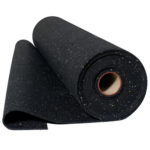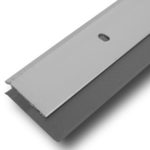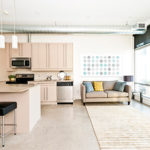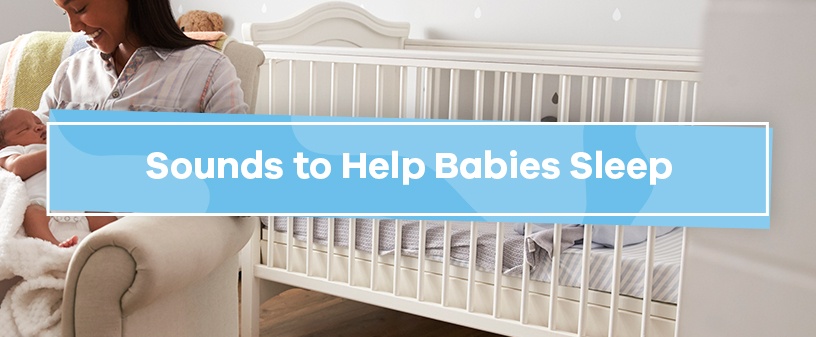
Whether this is your first child or your fifth, every baby has different noise needs when it comes to falling asleep, and figuring out those needs can be a guessing game for you. So if sleeping through the night is something you can only dream of for both your baby and yourself right now, you are not alone. In fact, studies show that only 57% of newborns sleep for eight hours straight through the night.
With nearly half the baby population waking up throughout the night, we decided to share some of our secrets for reducing loud noises and increasing soft sounds to help little ones sleep. From white noise machines to classical music, read on to learn about the different benefits and strategies for using sound to help your baby sleep through the night.
Helping a Young Child Fall Asleep
Bedtime shouldn’t be a battle. But it can certainly feel like one when even after you’ve successfully gotten your child into bed, it’s still a challenge to get them to fall asleep.
One of your biggest opponents in this battle is noise from other areas of your house, which can float into your child’s bedroom and keep them from drifting off to sleep. Babies can be especially sensitive to sound disturbances. A stray laugh from the living room can be enough to rouse a baby from the brink of falling asleep.
If noise from other rooms in your house is making it difficult for your child to fall asleep, try soundproofing these three target areas:
- The door: The tiny gap between your door and the floor is all sound needs to seep through. Luckily, there is an easy fix to sealing your doors off from sound — door sweeps. Door sweeps fill that pesky space between your door and the floor that allows sound to pass through, effectively sealing your child’s room off from extraneous noises at night.
- The floor: Lining the floor of your upstairs rooms with flooring underlayments or purchasing a sound absorptive rug can help your baby sleep at night regardless of whether their room is on the first or second floor of your home. Soundproofing the upper-level floors can either soften noises such as footfall from sneaking down to a first-floor bedroom or block downstairs sounds from reaching an upstairs bedroom.
- The window: Outside sounds like traffic or noisy neighbors can make it extremely difficult for children to fall asleep. Using soundproof curtains or acoustical sound sealants on your windows can shield your child fromoutside noises that are jarring, such as busy roads and barking dogs.
Getting Babies to Sleep Through the Night
Once you’ve finally managed to get your baby to sleep, it may be difficult to keep them asleep. This is because babies’ natural sleep cycles take them in and out of deep and light sleep about every 20 minutes. This means that every other 20 minutes your baby is in a light sleep cycle and prone to waking easily.

How can you help make sure your baby stays asleep while in a period of lighter sleep? White noise.
A steady stream of white noise can cover up other noise disturbances that would wake your baby up otherwise. Use the soothing qualities of white noise to create a comfortable, anxiety-reducing environment to ease your baby back into a deep sleep cycle throughout the night.
Best Types of Sounds for Sleep
Although white noise is a great tactic for helping your baby fall asleep and stay asleep, not all white noise is created equal. There are two main categories of white noise, and they serve very different purposes:
- High-pitch white noise: Harsh and hissy, such as sirens, screams and alarms, high-pitch white noise is useful for calming crying babies by getting their attention, but no help at all when it comes to bedtime.
- Low-pitch white noise: Monotonous and mesmerizing, low-pitch white noise, like steady rain on a roof and rumbling motors, are perfect for lulling young ones to sleep.
Here are some more tips to keep in mind when choosing sleep sounds for your baby:
- Keep it calm: Playing the white noise as quietly as possible will help soothe your baby more, making sleep come easier.
- Keep it continuous: Babies respond best to continuous, droning sounds like hair dryers or pounding rain when trying to fall asleep.
- Keep it classic: Although white noise is more conducive to sleep than music, gentle classical music, soft lullabies or elevator music can be a good way to incorporate music into your baby’s bedtime practices.
Avoid Creating Routines Based on Constant Noise
White noise can be an excellent tool for helping your baby fall asleep in a loud environment, but be careful that your child doesn’t become reliant on it. While white noise should be continuous when you use it, you shouldn’t use it constantly. If white noise becomes too much of a crutch, your child will not be able to fall asleep anywhere besides home, such as daycare or a relative’s house.
Aside from potential dependency issues, studies have found that too much white noise could harm early childhood development by leading to setbacks in speech and language learning. There is also the chance that your baby won’t like white noise, which is perfectly normal. If white noise doesn’t get a good response from your child, you’ll simply have to try a different way of sparking sweet dreams.
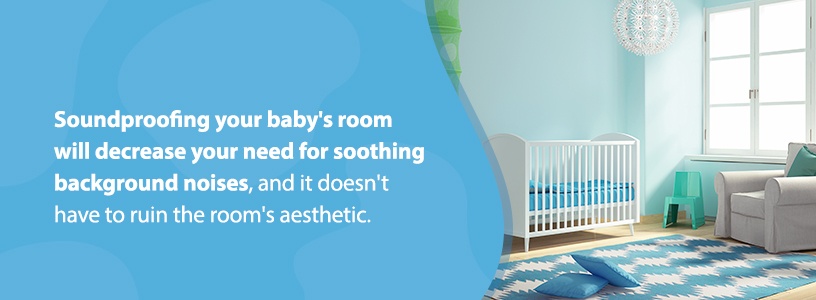
Turning your baby’s room into a quiet, peaceful space for sleeping will reduce the need for white noise, making it a secret weapon you can pull out on nights that make you wonder whether your child could be nocturnal. Soundproofing your baby’s room will decrease your need for soothing background noises, and it doesn’t have to ruin the room’s aesthetic. Try using a decorative art acoustic panel to help cut down on noise disturbances and help your baby sleep before resorting to a white noise machine.





